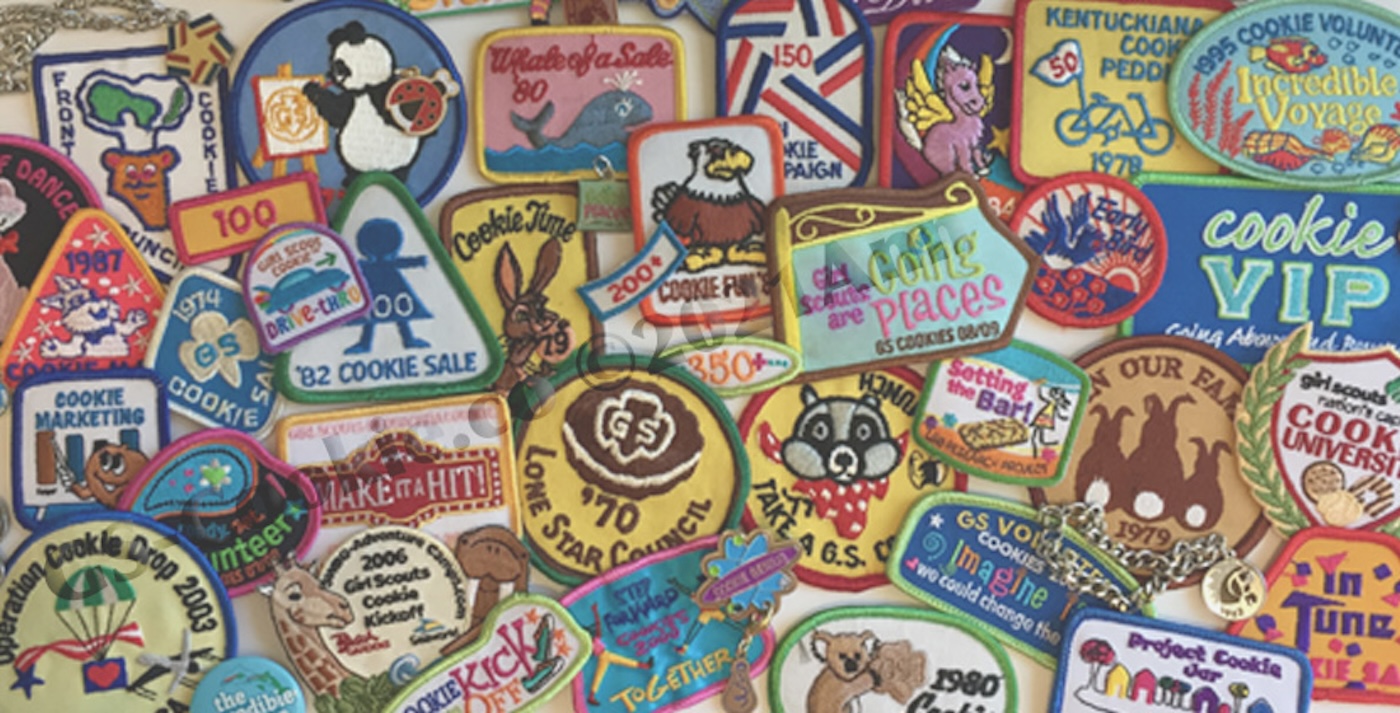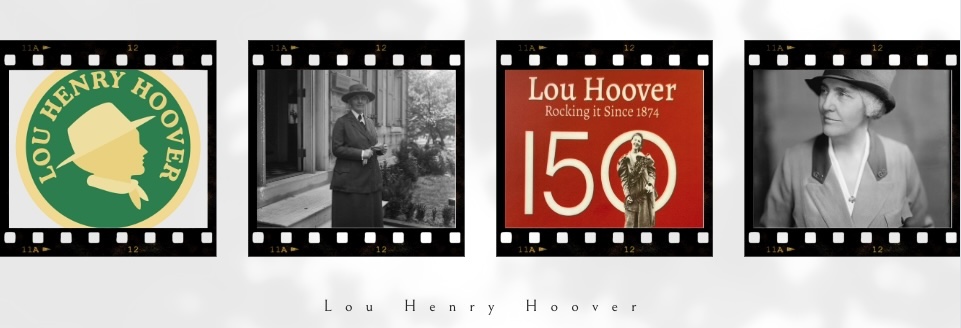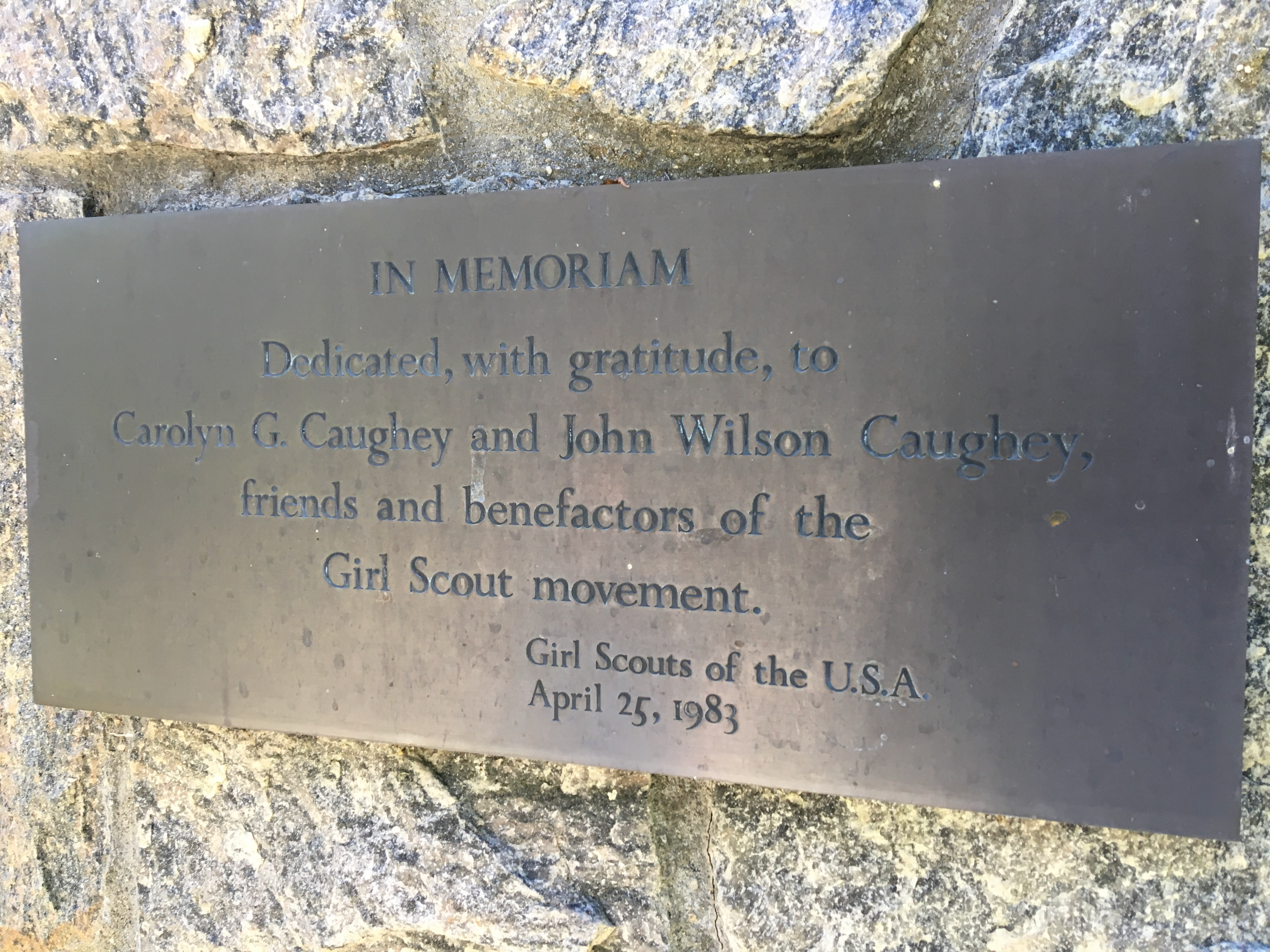The District of Columbia Council’s flagship resident camp, Camp May Flather, quietly desegregated in the summer of 1955.
The Council’s Camping Committee had made the following recommendation to the Council Board of Directors, which voted for the change in January 1955:
The Committee on Camping recommends that there be no restrictions in any camp based on race. This means that in troop camping we will continue the present practice of camping as troops, but when council-wide encampments are held, there is no segregation.
Day camps will continue to be operated by District Committees and attendance will be limited by District jurisdiction.
Established camps will be open to all girls in the District of Columbia and Montgomery County [Maryland] regardless of district jurisdiction.
There was no big fanfare, no press release, just an invitation to members of a highly experienced troop of African American girls from the Charles Young School in Washington, DC. Troop 35 was led by Pansy Gregg, a second-grade teacher at Charles Young.

Camp May Flather ran from June 27 through August 22, 1955, and five girls attended two-week sessions at camp: Beverly Pyles, Sandra Smith, Norma Turner, Sheila Gross, and Theresa Dorsey.
Council staff and members of the Camp Committee went to the bus stop as girls prepared to depart for Mt. Solon, Virginia, that summer. The women announced that from this day forward, Camp May Flather was open to all girls. Camp Committee chair and future council president Gertrude “Bobby” Lerch” waved a council checkbook and said that she would provide immediate refunds to any family that objected to the new policy. None did.
The campers later wrote about their experience for their school newsletter:
Sixth-grader Sheila Gross recalled:
I had a lot of fun at Camp May Flather last summer. I learned how to swim and how to make earrings and bracelets. I was in a group that played games and sang funny songs. We went on an overnight hike and slept out in the open. I had such a good time that I would like to go back next summer.
Prior to 1955, local African-American troops had primarily camped at Rockwood, just outside of Washington. As a National camp, Rockwood was open to all Girl Scouts.

At the time, District VII, the administrative designation for African-American troops in the District of Columbia, had been raising funds to purchase their own camp. Leaders voted to donate that money toward a new administrative building at Camp May Flather. That building was named for Virginia McGuire, the original organizer of District VII in 1934. McGuire later became the first African American member of the council board.
Camp May Flather’s desegregation came one year after the US Supreme Court’s landmark Brown v. Board of Education of Topeka, Kansas, decision. It would take another four years before Virginia began to desegregate its public school system.
At the end of the summer 1955 camp season, the Camp Committee sent a letter to parents of girls who had attended Camp May Flather “to get their reactions as to their likes and dislikes and things they would like to have done or would like to do when they return another summer.”

Information for this post was greatly aided by a recent donation from the family of Anne Murray, who was a member of the Camp Committee at the time of desegregation. I’ve already written about the wonderful camp scroll included in this material, and I hope to find more information as I explore the contents.
©2015 Ann Robertson




Leave a Reply